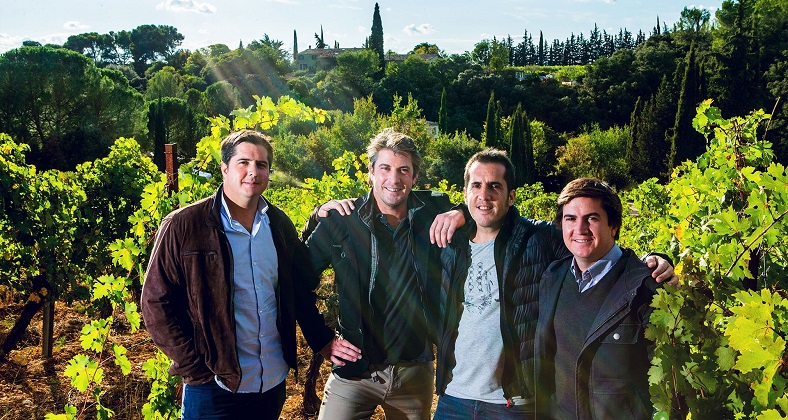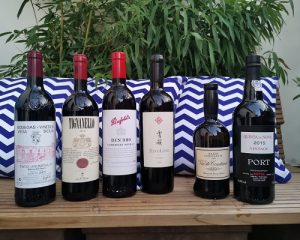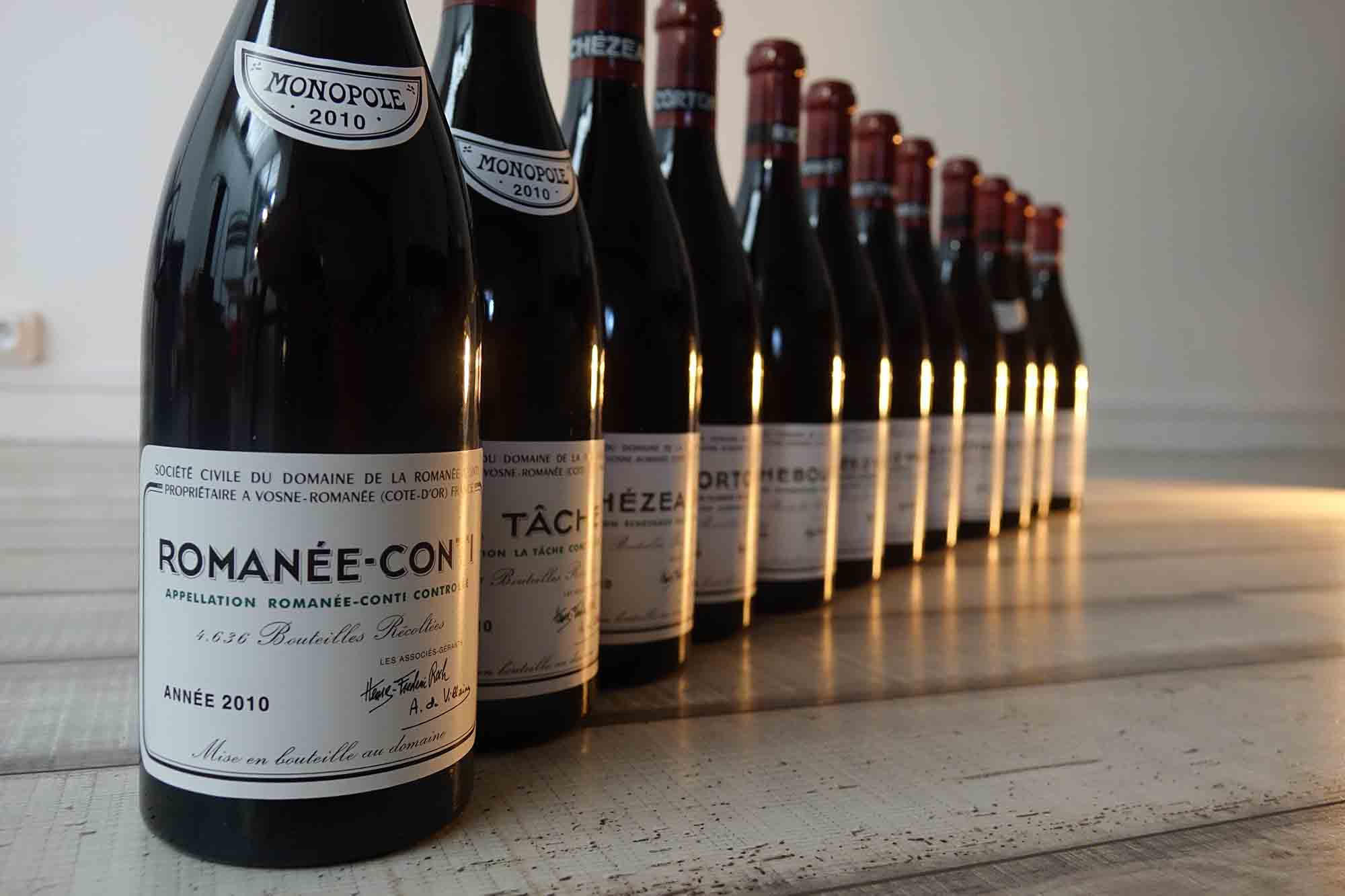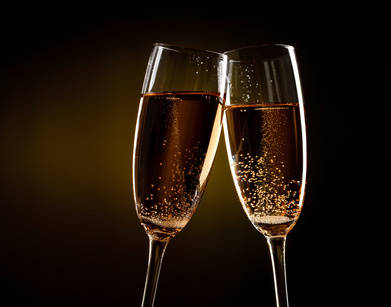
Five years after losing their father, Aimé Guibert, his four sons have proven that they can continue with his mission to put the Languedoc’s wine production in the spotlight. Driven by a love for the earth and its produce, here’s the story of Mas de Daumas Gassac.
Unlike many of the family-run domains that we meet, this one doesn’t date back very far. Mas de Daumas Gassac was founded relatively recently and somewhat by chance, since Aimé Guibert wasn’t working in agriculture but the leather industry. In 1970, this former glove-maker from Aveyron and his wife Véronique were on the hunt for a family home. Visiting the Hérault region, the couple stumbled across a farmhouse with a windmill along the Gassac river. It was love at first sight, and without yet knowing what they’d want to cultivate, Aimé and Véronique decided to settle there.
They invited a certain Professor Enjalbert to their humble abode, and he marvelled at the land, comparing the terroir to the Côte d’Or, a paradise of Pinot Noir and grands crus. The couple heeded this high praise, abandoning any idea of olive or corn growing, and got straight to work in the wine business.
The early days of wine making were not plain sailing for Aimé and Véronique, and they invited Bordeaux oenologues Denis Boubals and Emile Peynaud to advise. The fromer recommended planting Cabernet Sauvigon, and the latter thought a two-year vinification in casks would be ideal for the domain’s wines. Controversially, applying these methods would mean making wine outside of the appellation’s criteria and selling their cuvées with a ‘vin de table de France’ label…a hard-sell, they had to admit. At this time (the 1970s), the region didn’t have the best reputation for its wine, meaning that even traders were hesitant to sell Languedoc cuvées. However, all things come to those who wait, and the wines of Mas de Daumas Gassac found themselves compared to Bordeaux grands crus in the space of a decade. Gault & Millault named it ‘Languedoc’s château Lafite’ and the London Times described the wine as ‘actually more like Latour’…
But where did such wild success stem from? The vines certainly enjoy their terroir and exceptional climate. Under the thick garrigue, we find soil that is well-drained but quite poor, meaning that the roots have to work hard to seek nutrients. The nights are cool throughout the year, bringing a certain nuance of finesse to the wine. All of these elements make for an interesting aromatic blend, too. The grape vines are planted across various small plots for the sake of complexity but also to respect the natural diversity of the region’s landscape and avoid harming the garrigue forests.
One of the key growing principles at Mas de Daumas Gassac is a rejection of clone cultivation; instead, there is a preference for older plants with lower yields. The veritable mosaic of grape varieties is as follows: Cabernet Franc, Malbec, Merlot, Tannat, Petit Verdot, Carménère, Syrah, and Pinot Noir for the red wines, and Viognier, Chardonnay, Petit Manseng, and Chenin for the whites.
The vinification introduced to the domain by Emile Peynaud is the Médoc method which involves long fermentation and maceration (around three weeks), as well as a 12-15-month maturation in Burgundian and Bordeaux casks.



